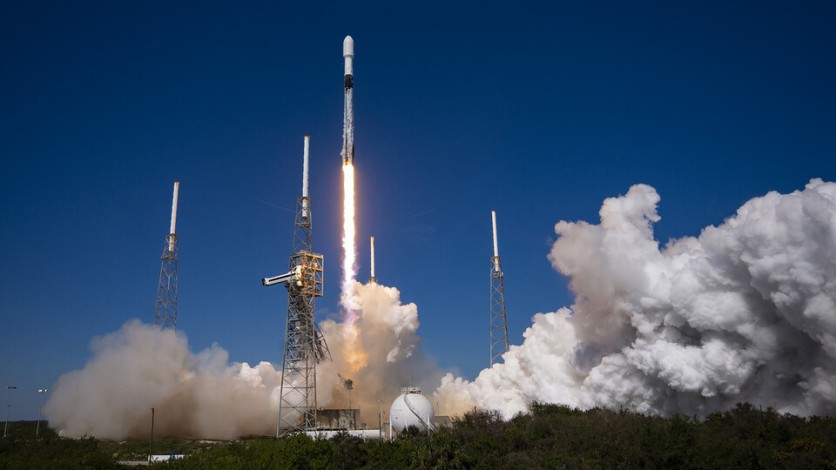Atop a SpaceX Falcon 9 rocket, Northrop Grumman's Cygnus spacecraft carrying 8,000 pounds of cargo blasted off from Florida's Cape Canaveral Space Force Station on Tuesday, bound for the International Space Station (ISS).
The cargo includes the world's first metal 3D printer specifically designed for space applications and the first-ever miniaturized surgical robot to be sent to the space station.

First Metal 3D Printer Sent to Space
Developed by Airbus for the European Space Agency (ESA), the metal 3D printer is set to undergo testing in the Columbus module of the ISS. This technological leap is poised to revolutionize space manufacturing and holds potential significance for future lunar or Martian missions.
Additive Manufacturing (AM), the industrial process underpinning 3D printing, has transformed part design, offering versatility from routine repairs to the unexpected, such as bio-ink implants or spacecraft components.
While the ISS already houses plastic 3D printers, their applications are limited. According to Airbus, astronauts have utilized them since 2014 for plastic part replacements due to the logistical challenge of waiting for equipment shipments to space.
However, future moon and Mars stations will face increased logistical constraints, making on-orbit manufacturing a more efficient alternative than transporting pre-made parts.
"The metal 3D printer will bring new on-orbit manufacturing capabilities, including the possibility to produce load-bearing structural parts that are more resilient than a plastic equivalent," Gwenaëlle Aridon, Airbus Space Assembly lead engineer, said in a statement.
"Astronauts will be able to directly manufacture tools such as wrenches or mounting interfaces that could connect several parts together. The flexibility and rapid availability of 3D printing will greatly improve astronauts' autonomy," Aridon added.
Read Also : SpaceX on Track to Launch Private Ax-3 Astronaut Mission to the International Space Station on January 17
First Surgical Robot in Space
A revolutionary development in medical technology also accompanies this space mission. A miniaturized surgical robot named MIRA (Miniaturized In vivo Robotic Assistant), designed by Nebraska's Shane Farritor and his team, embarked on the same journey to the ISS.
This surgical robot marks a significant advancement, being the first of its kind on the space station and one of the initial tests of remote surgery tasks in space.
While the primary objective is to explore the feasibility of surgical technologies for long-distance space travel, the mission holds implications for healthcare on Earth.
Farritor emphasized the immediate need for improved healthcare access, especially in areas lacking surgeons. Developed over two years, MIRA envisions performing surgeries in remote locations, including space, military settings, or underserved rural areas.
NASA's support for MIRA's development through grants from the Established Program to Stimulate Competitive Research (EPSCoR) underlines the agency's commitment to advancing medical technologies for space exploration.
The upcoming tests on the ISS will not only shape the future of surgical capabilities in space but also offer insights into addressing healthcare challenges on our planet.
"It's taken a lot of testing to build up to this, and we're still a long way from telesurgery on an actual patient," Farritor said. "The first step is to demonstrate the technology."
Related Article : Mystery of Missing Space-Grown Tomato Finally Solved After 8 Months, Clearing NASA Astronaut Frank Rubio Accused of Eating It

ⓒ 2025 TECHTIMES.com All rights reserved. Do not reproduce without permission.




